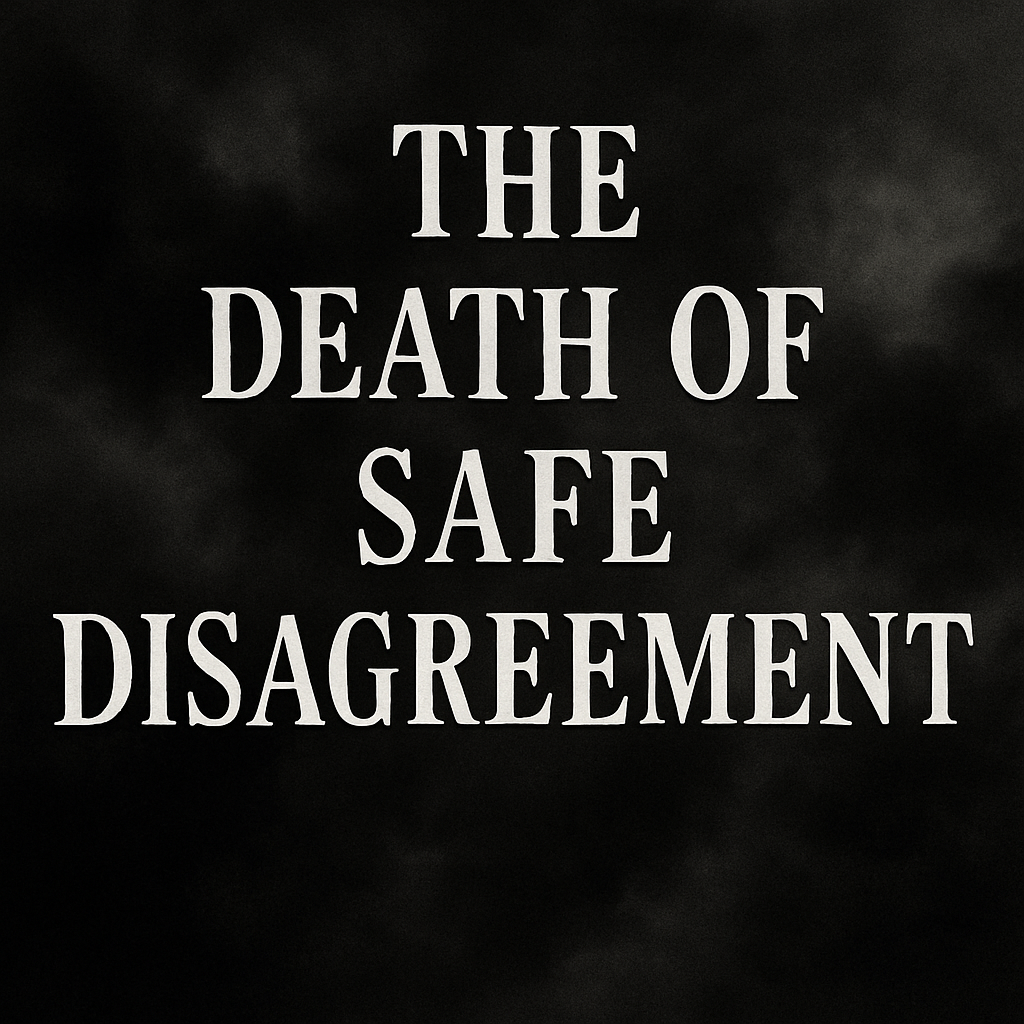
The Death of Safe Disagreement
On September 10, 2025, Charlie Kirk, a high-profile conservative activist, was shot and killed while speaking at a university event in Utah. (Reuters) In addition to the loss of a human life, what makes this particularly painful is what the violent act signals: in our polarized era, political identity has become a vector for violence. Conflict resolution professionals should not observe this from a distance.
Here are some reflections and questions that might guide those of us working in mediation, policy, or civic life:
What it reveals about the state of conflict
The collapse of the boundary between disagreement and dehumanization.
When political speech becomes not merely contested but dangerous, we lose the implicit social contract that disagreement should be non-lethal. Conflict resolution depends on people seeing “the other” as human, even when we sharply disagree.
Radicalization is no longer fringe.
This event highlights how individuals can transition from ideological dislike to action. What are the processes—online, social, emotional—that accelerate that escalation? As mediators, understanding the pathways into political violence is as important as resolving disputes once they happen.
Spaces of public speech are increasingly risky.
Universities, rallies, and public forums, once thought of as arenas for debate, are now potential crime scenes. Regardless of your political leaning, that reality changes how people participate, how they expect safety, and what norms they rely on. We need to think about how to design safer spaces for civic engagement.
Implications for conflict resolution work
Preventive mediation and community resilience.
Building conflict skills in communities before violence erupts: training in de-escalation, digital literacy (to resist inflammatory content), and empathy. The goal: reduce the likelihood that ideological conflict becomes physical.
Restorative practices after violence.
When someone is harmed or killed in a political context, communities are traumatized. Restorative forums—if feasible—can facilitate expression, truth-telling, acknowledgment, and perhaps even some form of justice. Conflict resolution isn’t limited to resolving future fights; it’s about repairing aftermaths.
Norm-setting for political speech.
Mediators often work in spaces with rules: what’s allowed, what isn’t. The society at large lacks a shared norm that violent threats are off-limits. There is a role for civil society, educational institutions, even policymakers, in helping establish and enforce such norms—not via censorship necessarily, but via accountability and culture.
What to watch for
How leaders across the spectrum respond: do they call for calm, for de-escalation, or do they contribute to inflamed rhetoric?
Whether institutions (universities, law enforcement, media) adapt their event-safety protocols, or public forum practices.
How social media and digital culture contribute: not only in radical content, but also in shaping how belief and anger feed each other.
Closing
This killing is a warning. Conflict resolutionists must face that our tools—dialogue, mediation, norms—are urgently needed, not merely optional. If political disagreement loses its safety valve, the pressures inside our society only build until they burst.
Let’s use this moment to ask: What are we doing, individually and institutionally, to prevent political speech from curdling into political violence? What spaces are we safeguarding, and what norms are we willing to enforce, so that disagreement remains alive—and nonfatal?
